The Rising Threat Landscape
Verizon’s 2024 Data Breach Investigations Report claims that there is a massive growth in the number of cyber security vulnerabilities that are being used as an initial access method for breaches. This has reached an approximately 180% increase in just one year. The study also determined that as the situation has evolved the exploitation of these vulnerabilities as the initial point of entry had tripled, accounting for 14% of all breaches. This happened mainly because of zero-day exploits such as the MOVEit software breach. In the light of the consistent data flaunts, it is not enough for companies to react in a world where proactive security measures are the new norm. On the contrary, it is only through the implementation of proactive approaches that the preservation of data and infrastructure is achievable.
The Role of CVE Monitoring in Business Security
At the core of proactive cybersecurity is continuous vulnerability assessment. Our dedicated committee actively monitors Common Vulnerabilities and Exposures (CVEs) across all inventoried hardware, with a particular focus on network-exposed devices, including switches, firewalls, and VPN clients.
Unlike the industry standard of 55 days for remediating 50% of identified vulnerabilities, our team resolves them within a week. This efficiency is achieved through real-time CVE ingestion and categorization for leading vendors such as SonicWall, Fortinet, Palo Alto Networks, Cisco, Sophos, Veeam, Windows, and Dell. As soon as a high-impact CVE is published, we assess the risk, identify affected devices, and implement the most effective mitigation strategy tailored to our clients’ needs.
Addressing the Human Element in Cybersecurity
Technology alone cannot prevent cyber breaches—human error remains a significant factor. Verizon’s data indicates that over the past decade, stolen credentials have played a role in 31% of breaches, while human error was involved in 68% of incidents. Phishing alone accounts for 15% of breach access methods, highlighting the need for user education and training.
To address this challenge, we provide comprehensive detection, response, and prevention services including:
Detection and Response
Microsoft Defender for Office 365: Features like Safe Links and Safe Attachments scan emails for malicious content, ensuring that users interact only with secure sites and files.
ThreatLocker: A zero-trust solution that blocks known malicious programs before execution and continuously monitors user behavior to detect and prevent suspicious activity.
Prevention Through Education and Access Controls
Phishing Simulation Campaigns: Services like KnowBe4 and Microsoft’s Attack Simulation Training are examples of phishing simulation campaigns that provide interactive training sessions. These programs expose employees to real-world phishing and social engineering scenarios, helping to assess their awareness, identify individuals vulnerable to attacks, and deliver targeted remedial training to strengthen overall security posture.
Multi-Factor Authentication (MFA) and Conditional Access Policies: Implementing company-wide MFA requirements and restricting access to authorized networks significantly reduces the risk of unauthorized access.
Using a Proactive Approach to Strengthen Business Security
The changing cyber threat situation makes it necessary for businesses to have a mix of such things as continuous vulnerability assessment, prompt restoration, user vocational training, and advanced mechanisms of detection. If a company prioritizes real-time CVE tracking, implements secure access systems, and continuously educates its staff on cybersecurity best practices, it can significantly reduce its exposure to threats. While no approach can guarantee complete prevention of attacks, these proactive measures help minimize potential risks, limit the scope of vulnerabilities, and enhance the organization’s ability to detect, respond to, and contain threats—mitigating the impact of incidents such as ransomware or data breaches.
Surveillance is not only about reacting to challenges, but it’s also about looking ahead and avoiding them altogether. Thanks to a committed team and state-of-the-art security solutions, organizations can stop cyber criminals and maintain a strong, robust, and resilient security posture.
Conclusion
With cyberattacks advancing faster than ever, businesses can no longer afford to be reactive. With threat actors leveraging everything from zero-day vulnerabilities to social engineering tactics, the only reliable defense is a proactive one—combining real-time vulnerability assessments, timely remediation, human-centric training, and layered security solutions.
By continuously assessing your environment, closing known vulnerabilities quickly, and educating your workforce, your organization can stay one step ahead of potential breaches. The cost of inaction is far greater than the investment in a proactive security strategy.
Cyber threats won’t wait—and neither should you. Whether you’re looking to identify vulnerabilities, strengthen your defenses, or build a proactive cybersecurity strategy, we’re here to help.
Talk to us today to schedule a security assessment and find out how we can support your team in staying ahead of threats—before they become breaches.


